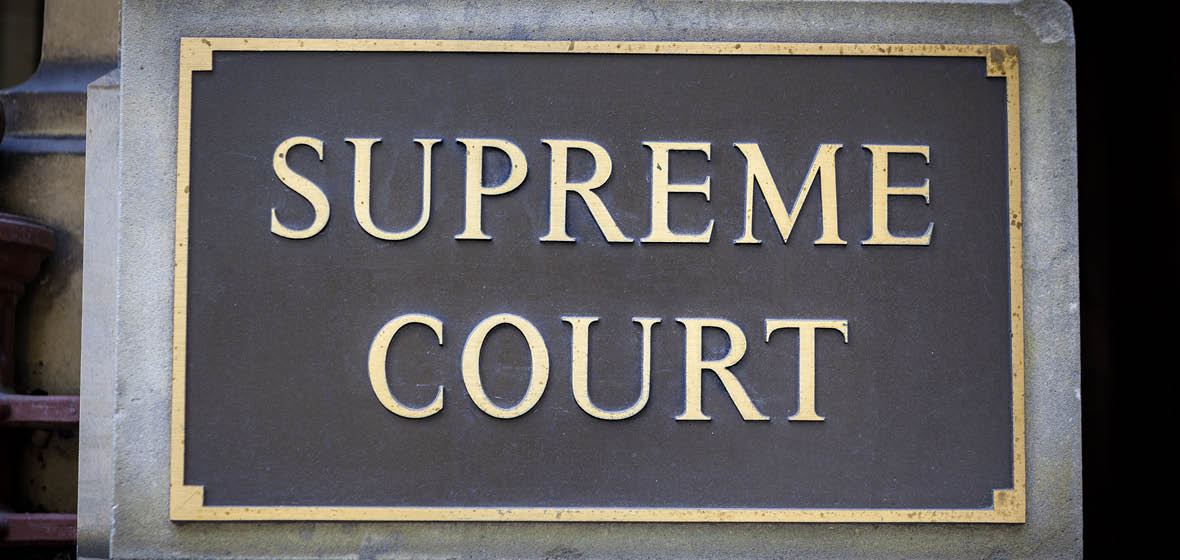By Campbell Bridge SC -
Snapshot
- The Supreme Court invariably orders expert evidence in trials to be given concurrently.
- The giving of concurrent evidence needs to be carefully planned and structured. There are numerous procedures and rules to be followed.
- Given the high cost of conclaves and their importance in the conduct of litigation, it is advisable to appoint a chair or facilitator to ensure the conclave does not miscarry for procedural reasons.
The Supreme Court now invariably orders expert evidence to be given concurrently in trials. With concurrent evidence, all experts of similar disciplines give evidence at the same time. Courts are now configured to allow several witnesses to give evidence concurrently. They are usually seated in the witness box together, hence the description ‘hot tubbing’.
Previously each expert in a party’s case was called and gave evidence in chief orally and/or by report and was then cross-examined. The experts of other parties would be called in due course – sometimes weeks or even months later when the party qualifying that particular expert went into evidence.




